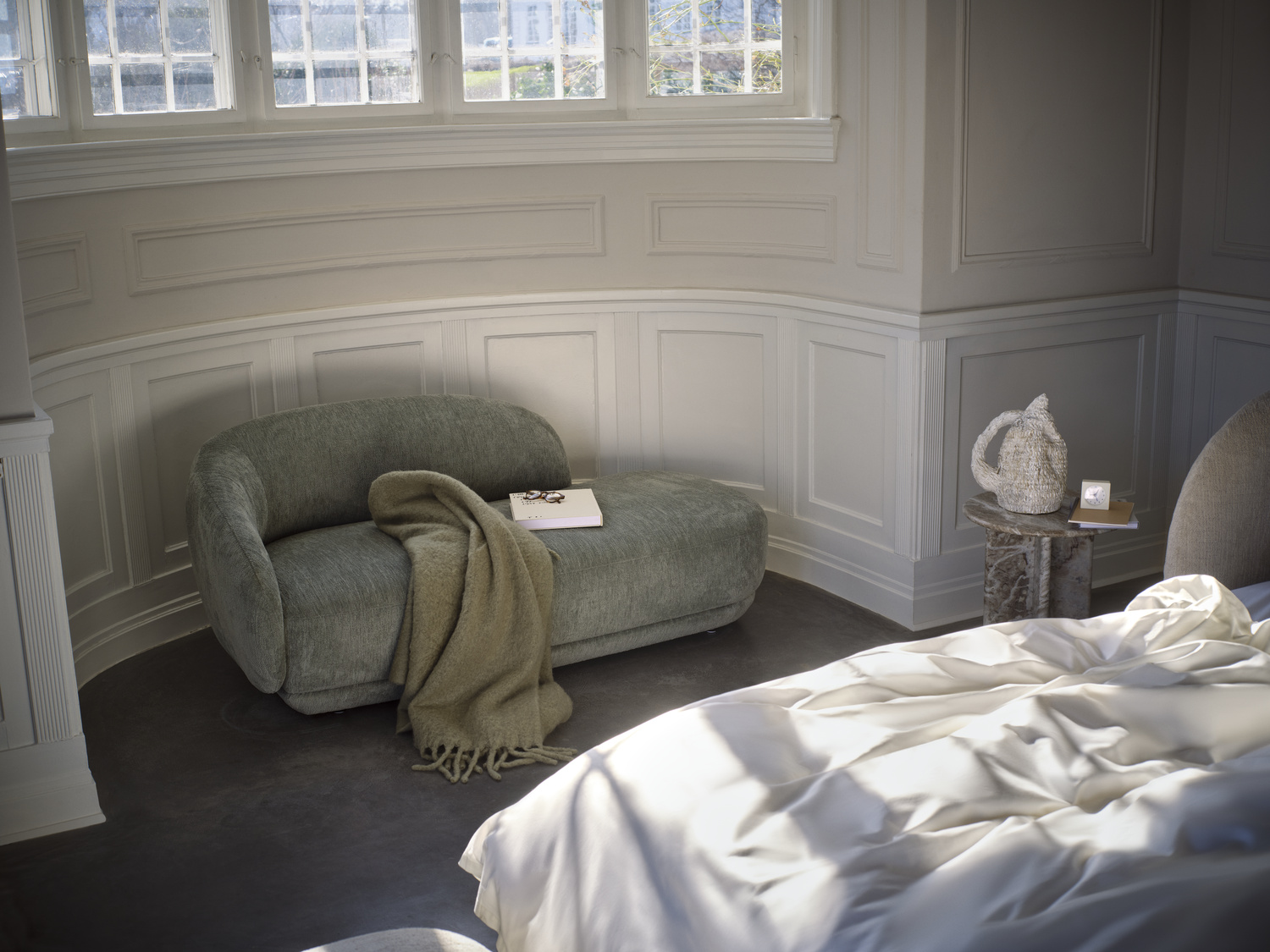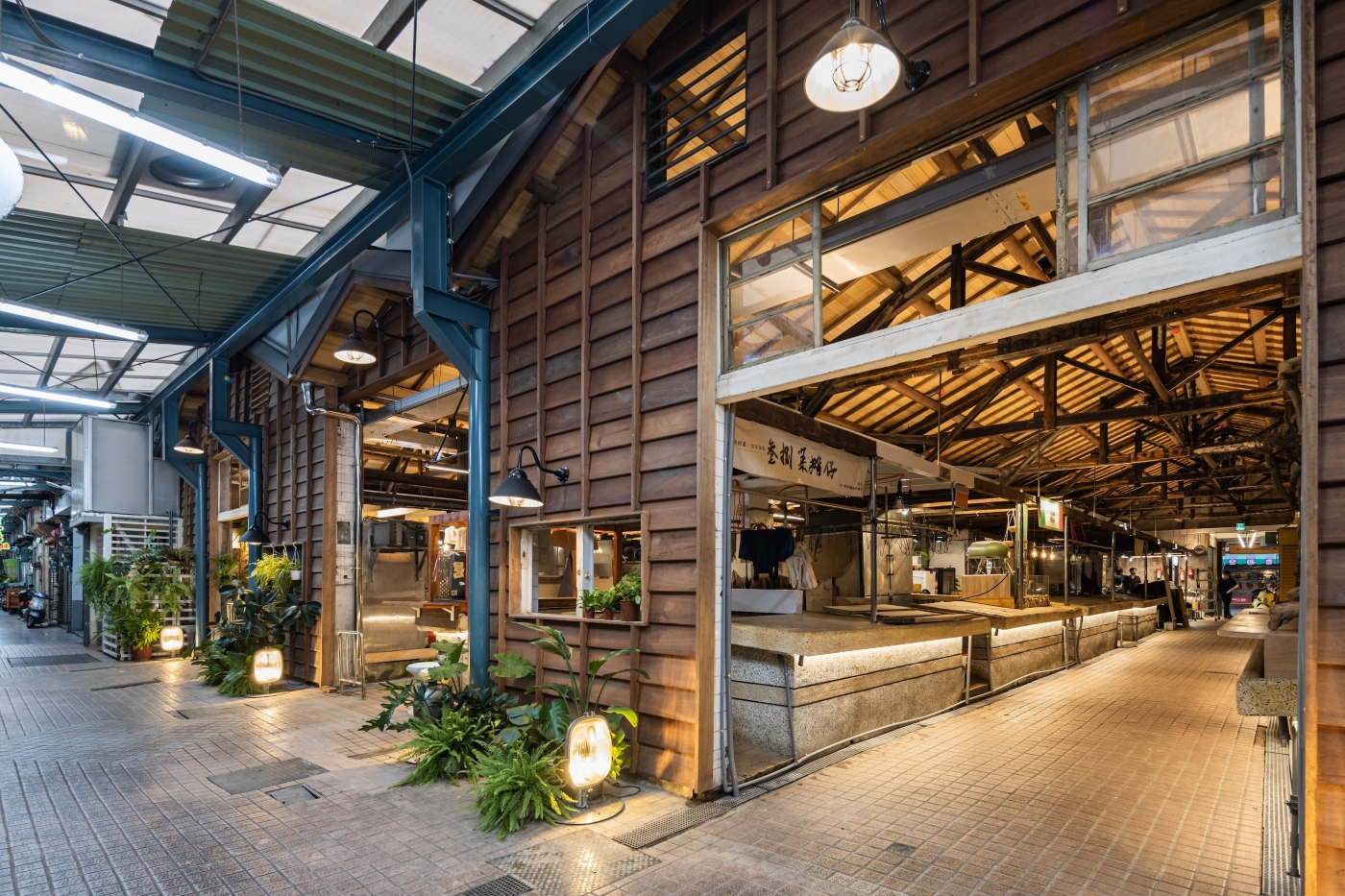The Laboratory of the Future is the name of the 18th International Architecture Exhibition at the Giardini and the Arsenale and at Forte Marghera. Curated by Lesley Lokko, the exhibition is open to the public from Saturday 20th May to Sunday 26th November 2023.
The Laboratory of the Future is an exhibition in six parts and it includes 89 participants. More than half of the participants are from Africa or the African diaspora. The exhibition begins in the Central Pavilion in the Giardini, where 16 different practices that represent a distilled force majeure of African and Diasporic architectural production have been gathered. It moves to the Arsenale complex, where participants in the Dangerous Liaisons section are also represented in Forte Marghera in Mestre.
The international jury of the 18th International Architecture Exhibition includes the Italian architect and curator Ippolito Pestellini Laparelli, the Palestinian architect and curator Nora Akawi; the American director and curator of The Studio Museum in Harlem Thelma Golden, the Zimbabwean founder and co-editor of Cityscapes Magazine, Tau Tavengwa, and the Polish architect, researcher, and educator Izabela Wieczorek.
Furthermore, this year for the first time the Biennale Architettura is going to include the Biennale College Architettura. This event will run from 25th June until 22nd July 2023. Fifteen international tutors will be working with fifty students, academics, and early career practitioners to help them further develop their skills and become better in their fields of expertise.
According to Lesley Lokko, the curator, the central aspect of all projects is the primacy and potency of the imagination. “It is impossible to build a better world if one cannot first imagine it,” explains Lokko. Apart from taking into account imagination, the exhibition is also going to focus on change – both in terms of environment and culture.
“Aside from the desire to tell a story, questions of production, resources, and representation are central to the way an architecture exhibition comes into the world, yet are rarely acknowledged or discussed,” commented Lokko. The commitment of the Biennale is to fight climate change.
The aim is to promote a more sustainable model for the design, installation, and operation of all events on the agenda. The most important component is the carbon footprint left by the mobility of the visitors. The 18th International Architecture Exhibition will be the first exhibition in this field to test achieving carbon neutrality.
Amongst the other activities of La Biennale di Venezia are the carnival, and the nine ‘collateral’ events. The Carnival is a 6-month cycle of events, lectures, films, and performances. “Conceived as a space of liberation rather than a spectacle of entertainment, Carnival offers a space for communication in which words, views, perspectives, and opinions are traded, heard, analyzed, and remembered,” says Lokko. They are promoted by non-profit national and international organizations. Organized in several locations around the city of Venice, they offer a wide range of contributions and participations that enrich the diversity of voices that characterizes the exhibition.









